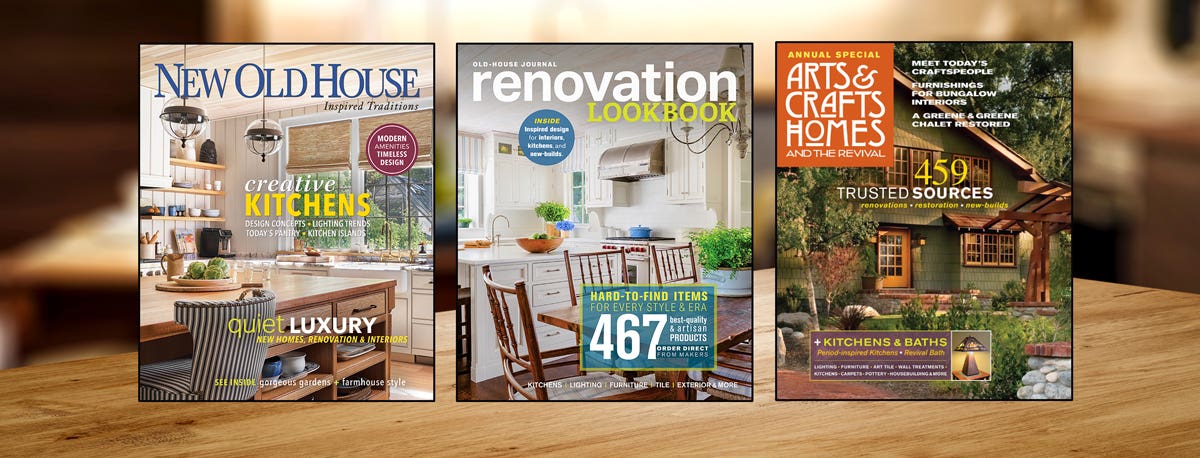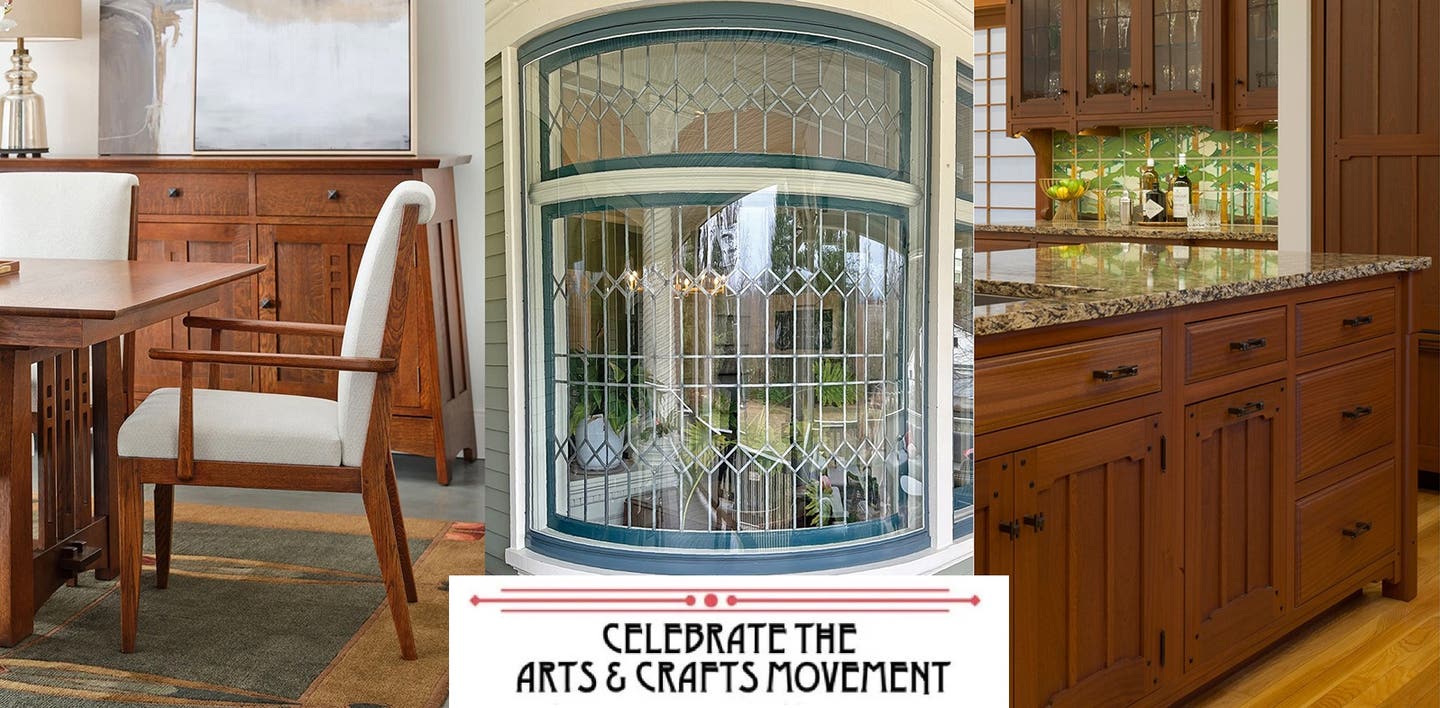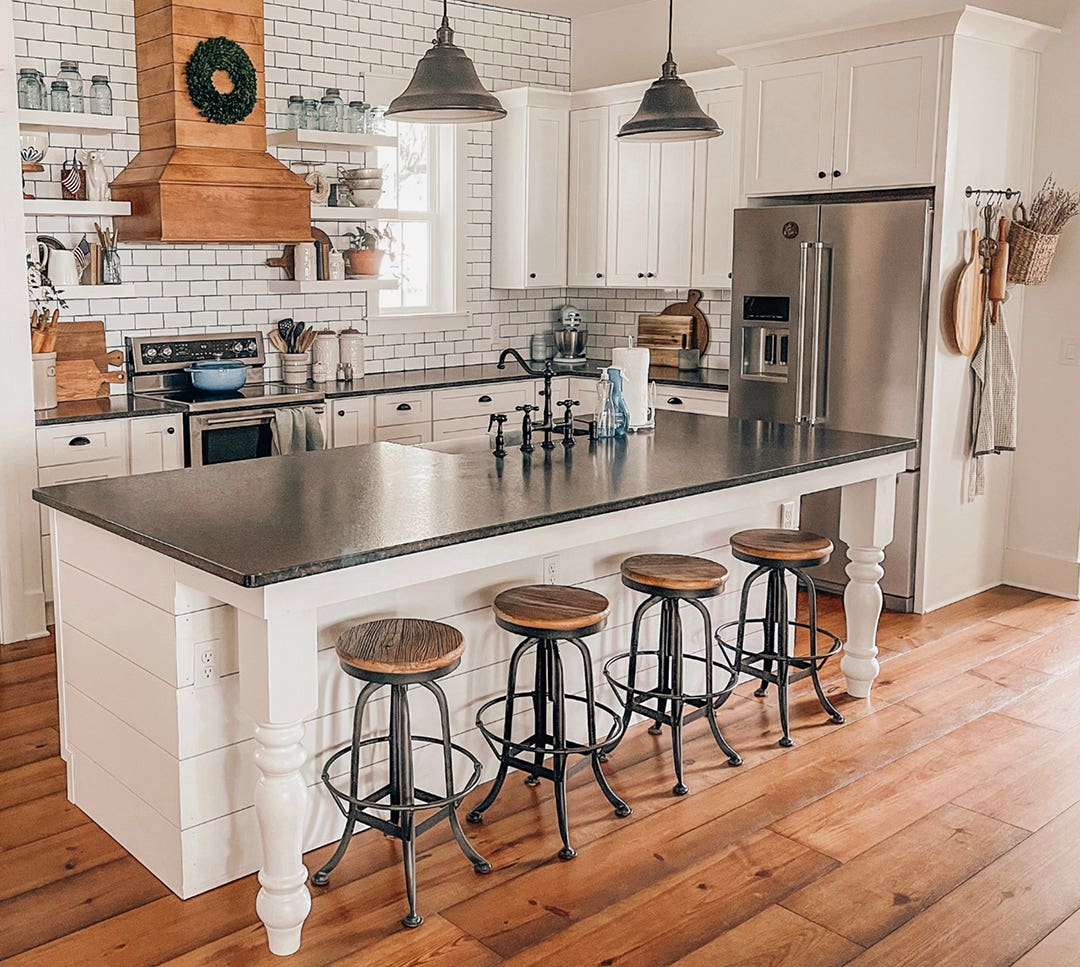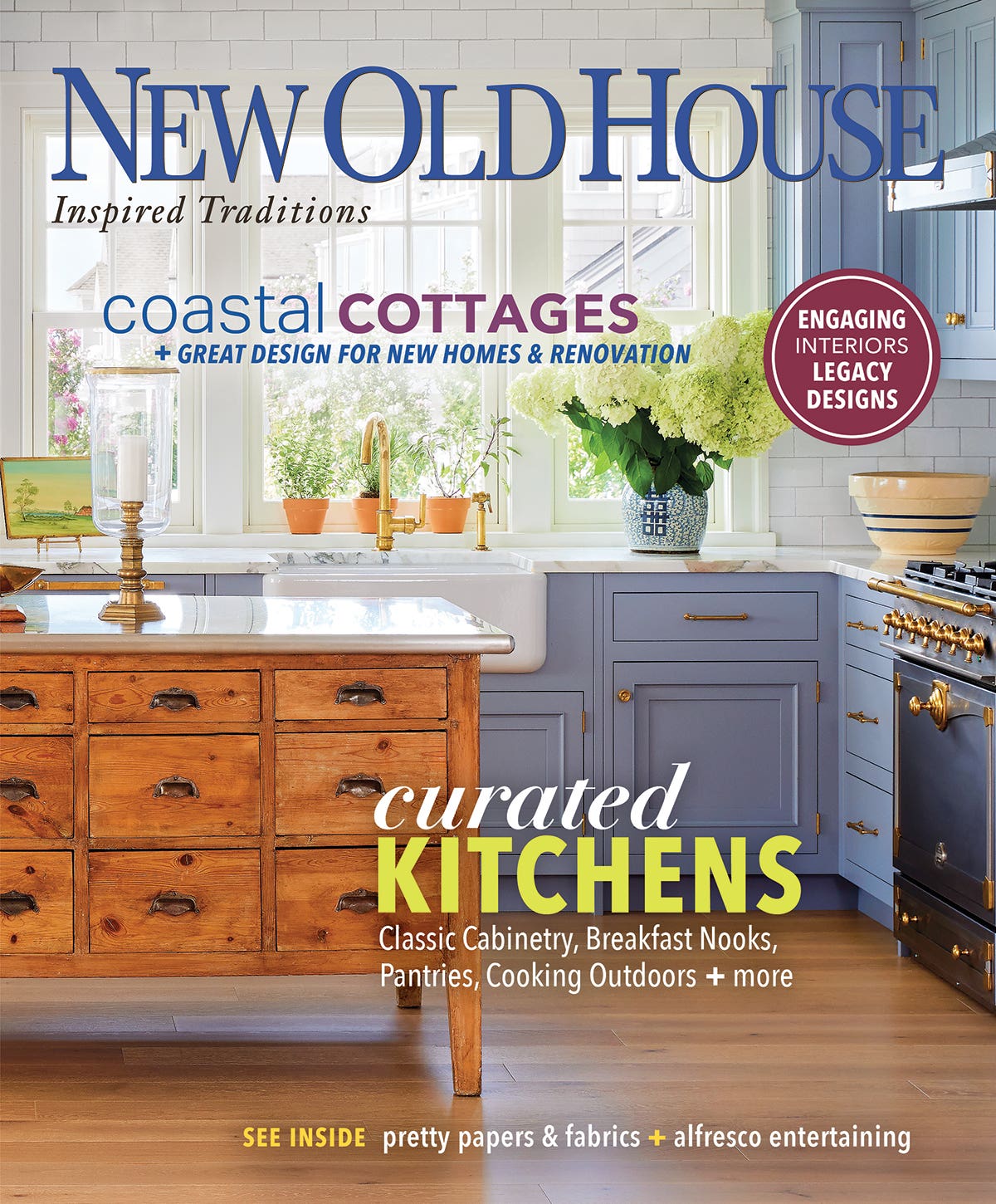It’s the UnStyle
A Note from the Editor: If you’ve been reading our magazine or web posts, you know we shy away from calling Arts & Crafts a “style,” in the way French…
A Note from the Editor:
If you’ve been reading our magazine or web posts, you know we shy away from calling Arts & Crafts a “style,” in the way French Empire or Renaissance Revival are styles. Do you remember the 7Up ad campaign that began in the belligerent Sixties, which urged nonconformists to drink the Uncola? Arts & Crafts is the Unstyle. Hard to define, vernacular, and inclusive, Arts & Crafts is more accurately an approach to design.
Over time, of course, a style is recognizable in the repeated use of certain conventions (such as exaggerated structure), materials (quartersawn oak), and motifs (the ginkgo leaf). There is such a thing as an Arts & Crafts-style picture frame, armchair, stencil design, vase. The line blurs, though, when it comes to the house as a whole. We see A&C influence not only in bungalows, but also in 1890s Shingle Style houses, in 1920s Tudors, and in new timber-framed homes. If the Arts & Crafts movement is an approach to design, then it keeps evolving. Arts & Crafts also can be very personal.
Subscribe to Arts & Crafts Homes, or pick up an issue at your favorite bookstore or newsstand. Order back issues through the Old-House Bookstore or call (800) 850-7279.
When each of my sons got to first grade, he refused to wear clothes that matched. Peter would wear the fleece vest, or the pants that came with it, but never together. “We don’t wear outfits, Ma,” Will tried to explain. “It’s gross when stuff matches.” This was partly a growing-up rebellion against the adorable outfits I picked for them in preschool, but I think there’s more to it. Too much matching is suspect. It’s a purchased look. It may even suggest that you let somebody else (Mom, or the decorator) do the thinking for you.
Because most old houses exhibit a mix of styles, not to mention a history of remodeling, I am thrilled to come across a “purer” example that retains the clear vision of its builder, and that has been restored and furnished in period style. The best are not too matchy-matchy, though, but show evidence of a past and the personality of the owner.
Patricia Poore,Editor
ppoore@homebuyerpubs.com
10 Harbor Rd., Gloucester, MA 01930
Patricia Poore is Editor-in-chief of Old House Journal and Arts & Crafts Homes, as well as editorial director at Active Interest Media’s Home Group, overseeing New Old House, Traditional Building, and special-interest publications.
Poore joined Old House Journal when it was a Brooklyn-brownstoner newsletter in the late 1970s. She became owner and publisher and, except for the years 2002–2013, has been its editor. Poore founded the magazines Old-House Interiors (1995–2013) and Early Homes (2004–2017); their content is now available online and folded into Old-House Journal’s wider coverage. Poore also created GARBAGE magazine (1989–1994), the first unaffiliated environmental consumer magazine.
Poore has participated, hands-on, in several restorations, including her own homes: a 1911 brownstone in Park Slope, Brooklyn, and a 1904 Tudor–Shingle Style house in Gloucester, Massachusetts, where she brought up her boys and their wonderful dogs.







